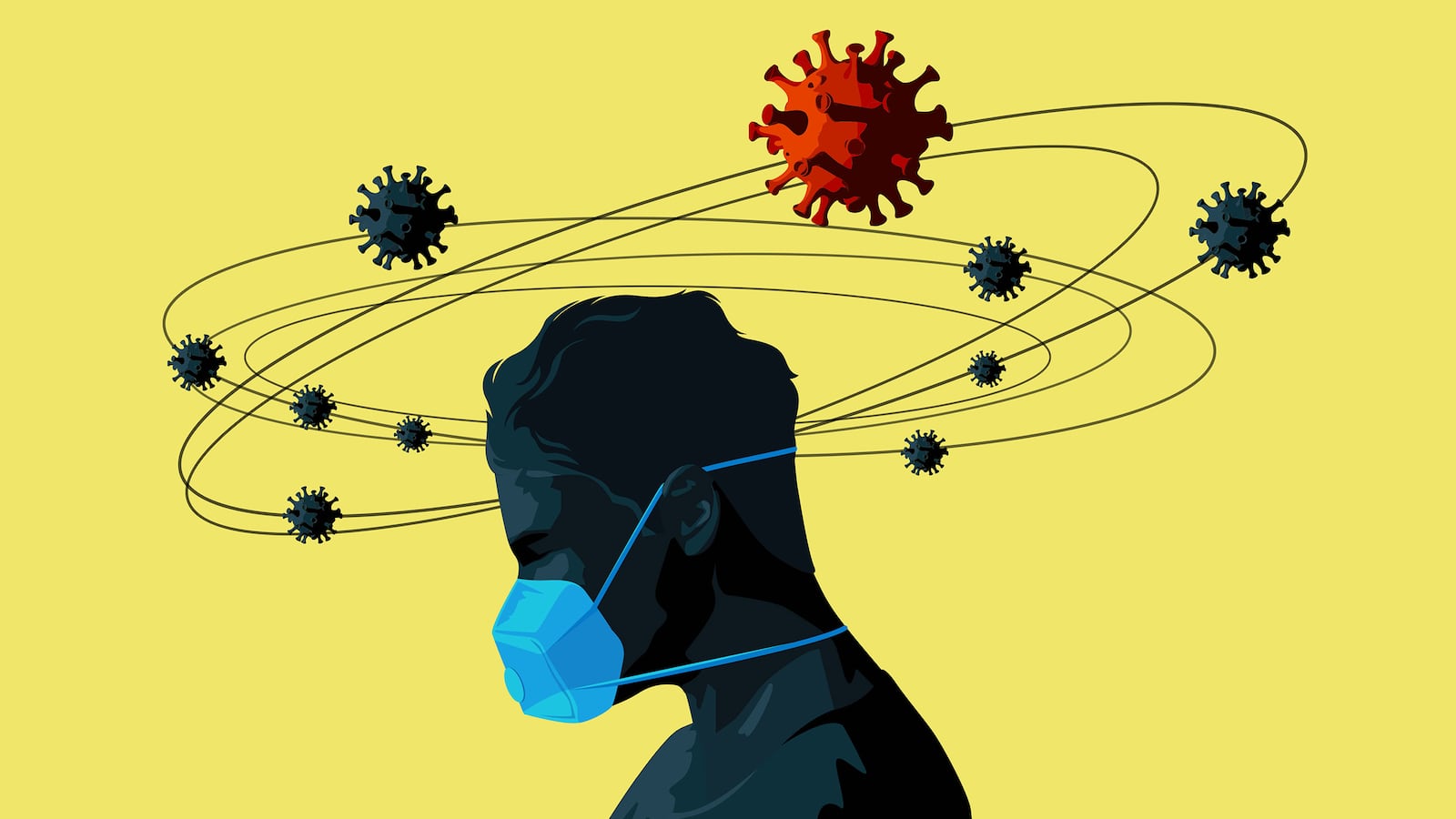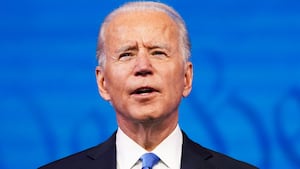Last week’s guidance from the CDC that face masks and social distancing are no longer required for fully vaccinated people in most indoor and outdoor settings is based on multiple studies that confirm what we have long hoped for: the new vaccines offer robust protection against COVID-19. That is precisely the kind of science that Biden’s team rightly asserts must drive policies designed to control the pandemic.
But it turns out that public communications around these new policies have been confusing and challenging—leaving the public, businesses and organizations uncertain about where they stand. Fully vaccinated individuals, for instance, must still wear face masks and observe social distancing while in health-care facilities, at transportation hubs, or on public transportation, but not in crowded restaurants or in “filled to capacity” arenas or theaters.
Adding to this public confusion is the fact that whatever federal agencies or public health leaders say, states actually have the ultimate authority over local guidelines. Unfortunately, private businesses—as well as health officials and others at the state and local level—were largely caught off-guard by the new policy from the CDC. And the question remains: in addition to freedom for those who are vaccinated, will the new federal guidance encourage millions of unvaccinated individuals to stop wearing masks or disregard state policies?
As vaccinated Americans begin to resume some degree of normalcy, how will we know, for instance, if the person sitting next to us in a theater, sports arena, or restaurant is actually vaccinated—or just a “resistor” anxious to get back to normal?
And will the CDC guidelines actually help Americans get back to the activities they missed most?
To get a handle on this issue, Columbia University’s National Center for Disaster Preparedness recently released the results of a survey conducted in partnership with the Marist Institute for Public Opinion in a report entitled "Fourteen Months In To the Pandemic: What We Miss the Most.” The report provides insights and recommendations for policymakers on how to allow Americans to return safely to the activities they miss most.
After surveying more than 1,200 Americans, it found that many— some 31 percent of those polled—miss large, in-person gatherings such as family events, theatre, live music, and sporting events that have been upended by COVID-19.
But it also found that some 17 percent of Americans most miss the freedom from COVID-19 restrictions (including mask-wearing and social distancing), and smaller percentages of Americans are most eager to return to traveling freely, resuming physical contact (such as handshakes and hugging), or returning to indoor cafes and bars.
While some of these activities are and will be increasingly available to vaccinated individuals, we need to ensure that the most highly desired activities are available to as many of us as possible. Here’s the way forward:
First, we must continue the push to vaccinate as many Americans as we can, as fast as we can. This includes children and adolescents who are recently eligible—or will shortly become so—for vaccination, as well as those in at-risk or less accessible communities. The more people we vaccinate, the more protection we’ll have against new outbreaks and new variants.
Second, we must guard against promoting false hope of a large-scale return to pre-pandemic normalcy in the very near future. Certainly not before sometime in 2022—and that’s if we stay focused on vaccinating the vast majority of Americans. Whether you are vaccinated or not, we remain in a deadly pandemic in which 30,000 Americans become infected each day on average.
Third, given what our survey indicated, we should focus on doing what we can to restore what people miss the most. That means establishing clear guidelines for reopening in-person events, making travel increasingly easy and eliminating mask requirements wherever possible. The new CDC recommendations are a good step in the right direction, but we need to go further.
Lastly, the Biden administration will need to relent on its resistance to creating a vaccination verification system that can be used to safely permit travel and allow people to safely attend large, in-person events. This would be a great way to incentivize vaccinations and more confidently give the public the joys of life that have been restricted since March 2020. But in the absence of a federal vaccine verification system, states, businesses and event organizations may create their own proprietary systems—along with fraudsters hoping to sell “fake” passports. A great formula for chaos.
Overall, while the new CDC policy announcement represents good, science-based policy, it underscores the communication challenges and confusion of this unique moment in the pandemic. Still, for many people who have been hesitant about getting the vaccine, the CDC announcement—along with a potential federal or state-wide system of vaccine verification—could well be the push they need to get the shot.
And it should be remembered that while Americans begin to see resumptions in the activities they have missed for so long, the apocalyptic COVID-19 outbreaks in South Asia and South America should serve as a reminder that the COVID-19 pandemic is far from over. Because as long as the virus continues to circulate, fester and mutate anywhere, it continues to pose a threat everywhere.
According to the president’s chief science advisor, Dr. Anthony Fauci, the best way to get control of the SARS-CoV-2 pandemic is to vaccinate as many people as we can as fast as we can—here and across the globe. That’s more or less the Fauci doctrine, and a principle we can believe in.








